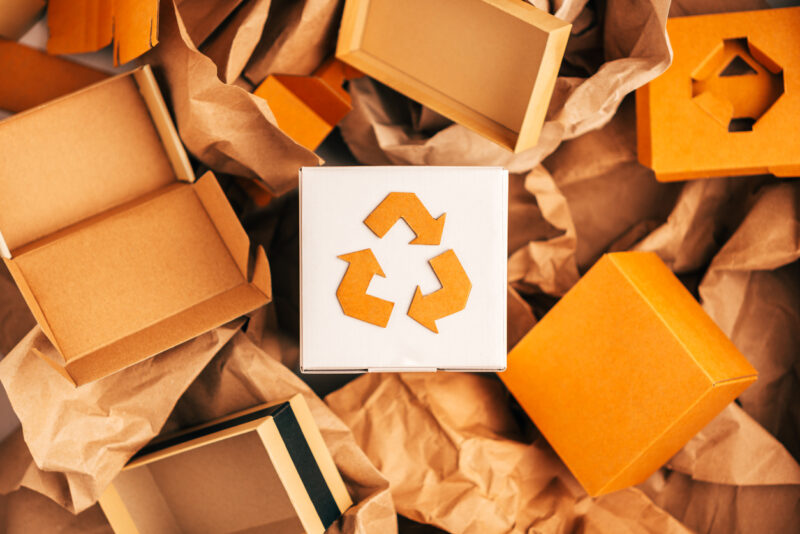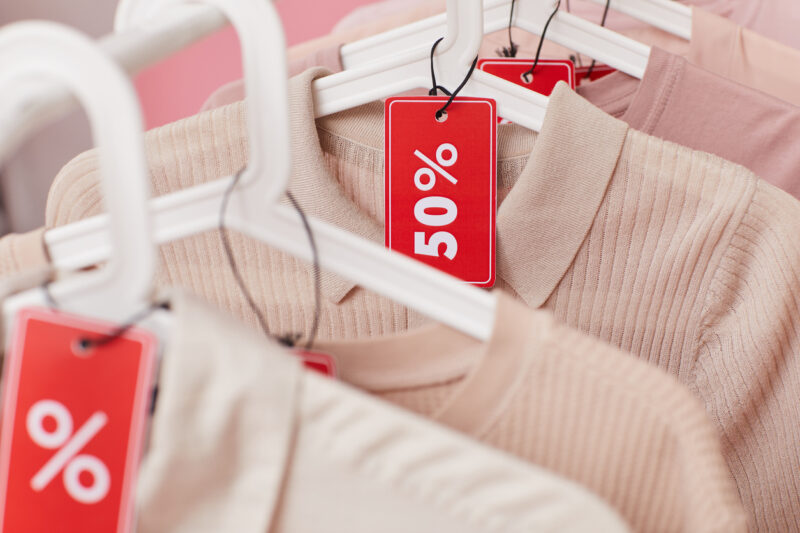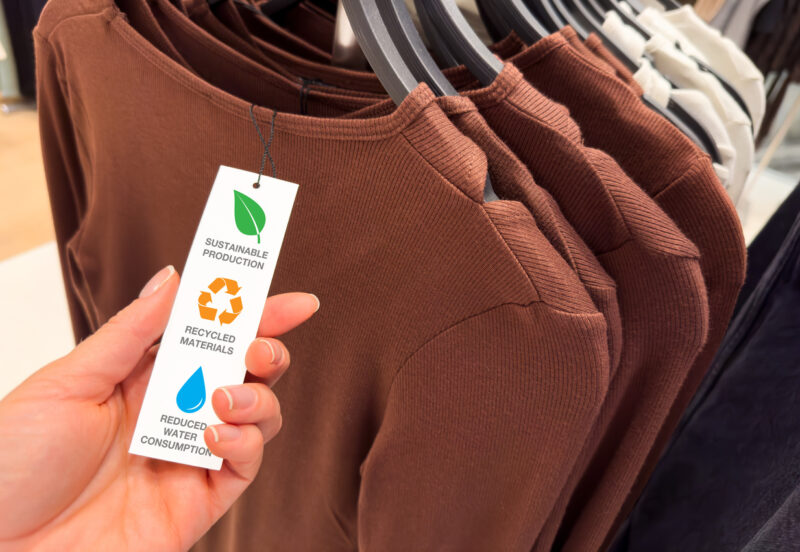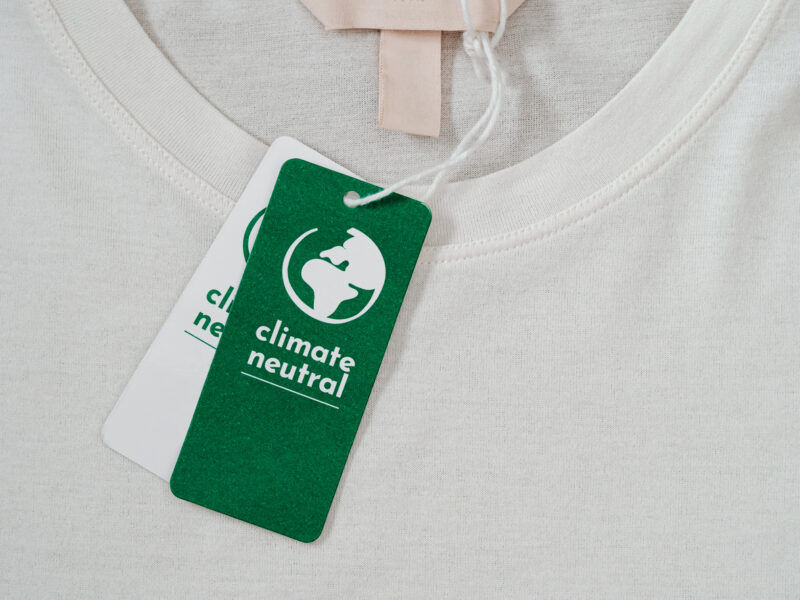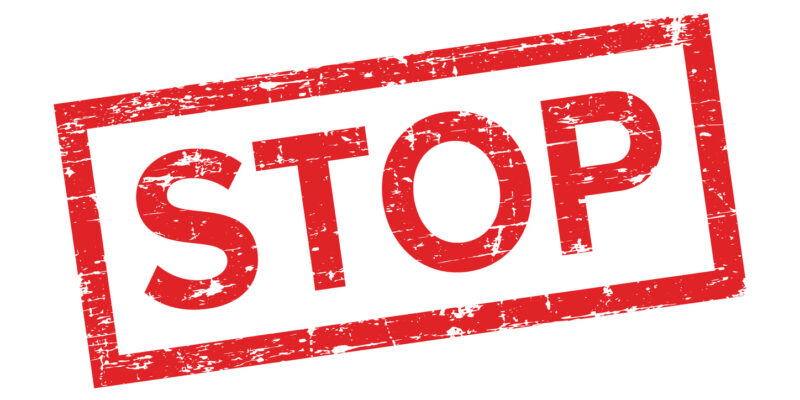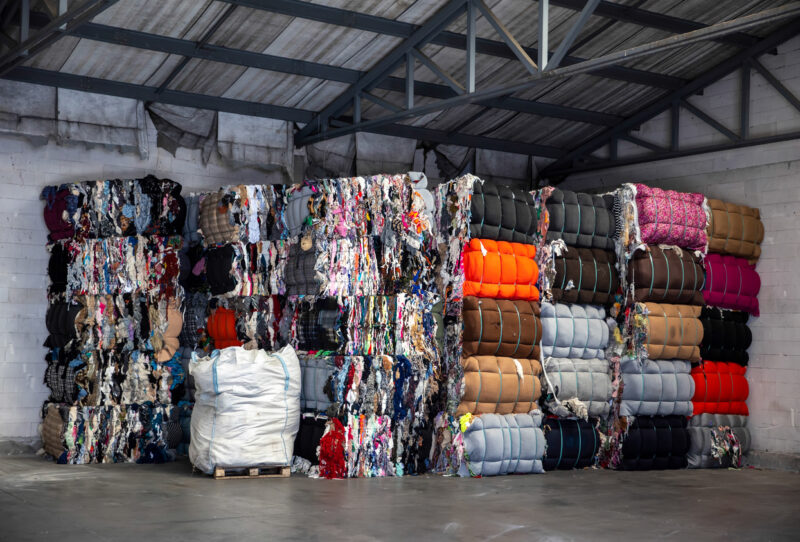Waiting for details
EU textile strategy

This year, the EU Commission intends to publish the annexes with the implementing provisions. These set out the details of its new EU textile strategy, which also affect members of Swiss Textiles. Many important questions remain unanswered. The tension and uncertainty are therefore all the greater.
Seitdem die EU ihre Textilstrategie 2022 des Green Deals vorgestellt hat, sind zahlreiche Weichen gestellt worden. Während der Gesetzestext einiger zentraler Vorhaben bereits in Kraft ist, wurden andere auf Eis gelegt oder bleiben ungeklärt. Welche Punkte unsere Branche in der Schweiz betreffen und wo sie in der EU-Textilstrategie stehen.
What the EU wants to achieve in the coming decades with its Green Deal is ambitious, to say the least. At the end of 2019, the EU Commission announced its intention to make the world's second-largest economy climate-neutral by 2050. Consequently, the EU should only emit as much greenhouse gas as it can compensate.
Experts see the Green Deal primarily as a multi-billion investment, legislative and strategic package that affects virtually all industries in the European single market. The textile industry in particular.
The regulatory giant
By 2030, all textile products from the EU market must be mendable, made of recycled fibers, free of hazardous substances, durable as well as recyclable, and produced in a socially and environmentally responsible manner. This is what the so-called "EU Sustainable Textiles Strategy" says. The EU published this in March 2022.
It has now begun to implement the textile strategy with comprehensive regulations. Among other things, it is revising the EU Ecodesign Directive, the Textile Labeling Regulation, regulations on unfair competition ("greenwashing") and the REACH chemicals legislation.
Swiss textile industry awaits details
What the regulations mean for manufacturers and developers in Switzerland is still unclear. First and foremost, how they are to implement them in practice: "The EU regulations pose major challenges for Swiss textile companies," says Nina Bachmann, who is responsible for technology and sustainability at Swiss Textiles. These are very ambitious goals, she says, and more than a few members have reacted with surprise.
Switzerland sells between 70 and 80 percent of its textile products to the EU. This makes it the most important market for Swiss Textiles' members. The association is therefore trying to help shape the framework conditions via the European umbrella organization Euratex in Brussels.
Many specifications and even more ambiguities
It is unclear, for example, how the durability of textiles is to be defined and how compliance with it is to be monitored. It is one of the new conditions for the textile industry. There are various ways to measure longevity - for example, through color fastness, tear resistance, abrasion resistance, dimensional stability or peeling.
The prescribed recyclability also raises questions. After all, at what point is a textile considered recyclable? And how easily can the material be broken down into its components?
Furthermore, the industry is waiting to hear about the percentage of recycled material in the textile. It is uncertain how high this must be as a minimum.

